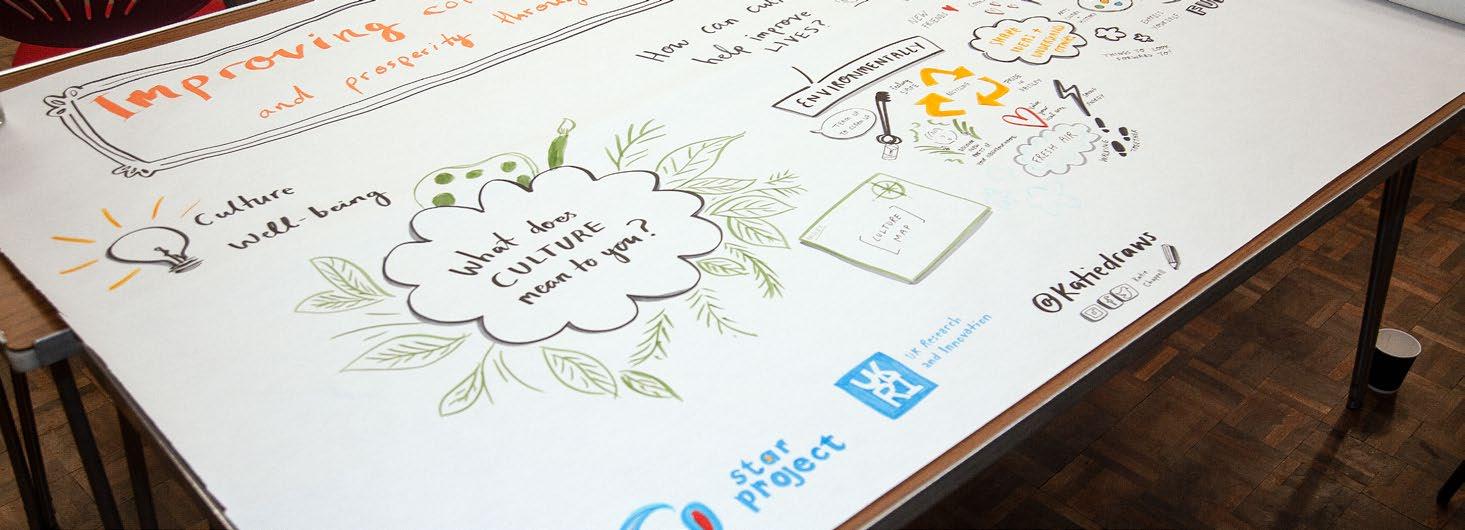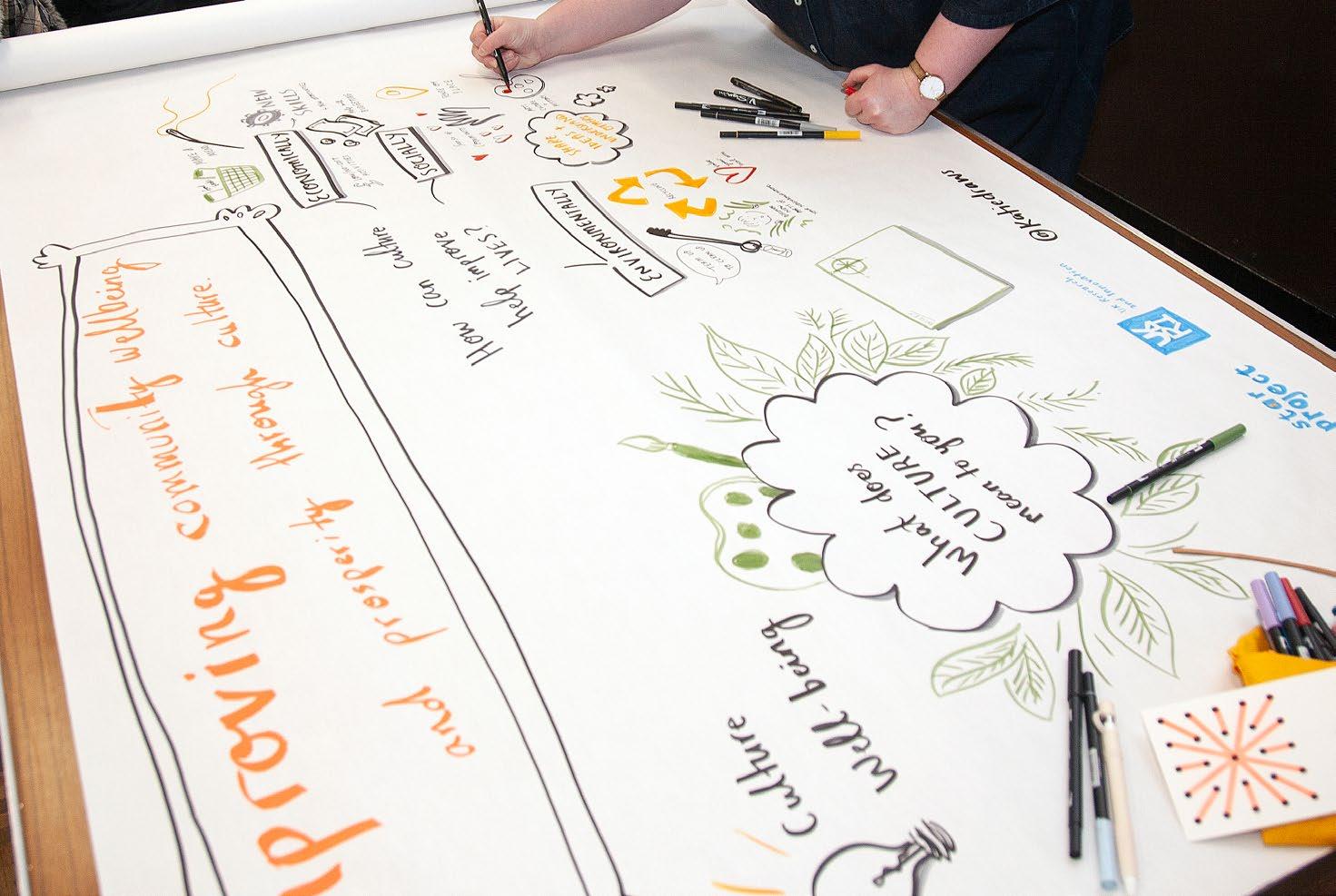Examining some of the definitional uncertainty with regard to poverty is valuable as it highlights the difficulty encountered in arriving at a definition and, accounting for the effect of political context on both the definition per se and, the levers that stakeholders may choose to use in attempting to tackle poverty. The focus of this review is the contribution that arts and cultural activity can make in the context of people and communities experiencing poverty. It is clear from the preceding discussion that the substantial and political nature of material poverty make it a difficult space in which to operate and make claims in relation to arts and cultural activity. In this respect it is important to consider: •
How poverty is referred to and understood within arts and cultural interventions (e.g. as an indicator of need or proxy for low cultural engagement, rather than as the central problem to be addressed; or as interchangeably with wider multi-dimensional issues, such as educational attainment or wellbeing, which may more readily be addressed); and
•
Where arts and cultural activities and policies directly address issues of poverty – with a narrow definition of material resources – and what approaches are used; and to
•
Recognise that both the substantial and political nature of material poverty may in any case make it a difficult space within which to act.
The results of the keyword searches conducted for inclusion in this review reveal that many of the academic and grey sources of relevance do not adhere to a focussed definition of poverty – as material need – rather, a broad range of causal and impact factors and indicators are deployed within the analytical space. For example, Bashir & Dayson, (2014), South et al (2008), Cawston (201), and Polley et al, (2017) write about social prescribing, the benefits of which are analysed from both social and economic – in terms of return on investment – standpoints (particularly Bashir & Dayson, 2014:21-35, Polley et al, 2017). Arguably, this reflects the fact that it is difficult for arts and cultural activity to be leveraged in ways that bring substantive, measurable change to the experience of material poverty. This is acknowledged in some of the evidence reported; for example, the Culture, Welsh Language & Communications Committee (CWLC) report the progress of their efforts to tackle poverty and social exclusion (CWLC, 2019:25-26). Indeed, the work of the Welsh Government and scholars/practitioners focussing on social prescribing can be seen as moving towards concrete ways of addressing material poverty by leveraging arts and culture while appropriately acknowledging the limitations placed on such activity by overarching political and financial constraints. The Welsh government’s approach is striking for its explicit acknowledgement of material poverty as a central challenge (rather than the more common focus on poverty as the absence of opportunity – or unwillingness – to engage with culture central to English and Scottish policy).6 With the foregoing in mind, it is nevertheless valuable to examine the literature in and relating to this space as it allows us to recognise the impact of political context, identify the ways in which arts and culture can be of influence and, perhaps just as importantly, be clear about what arts and culture cannot do.
Photo: Willie Kay (illustration Katie Chappell).
6
Notably, the Welsh government has made child poverty a central policy issue where the English government has deemphasised this issue (see above, this section).
7







